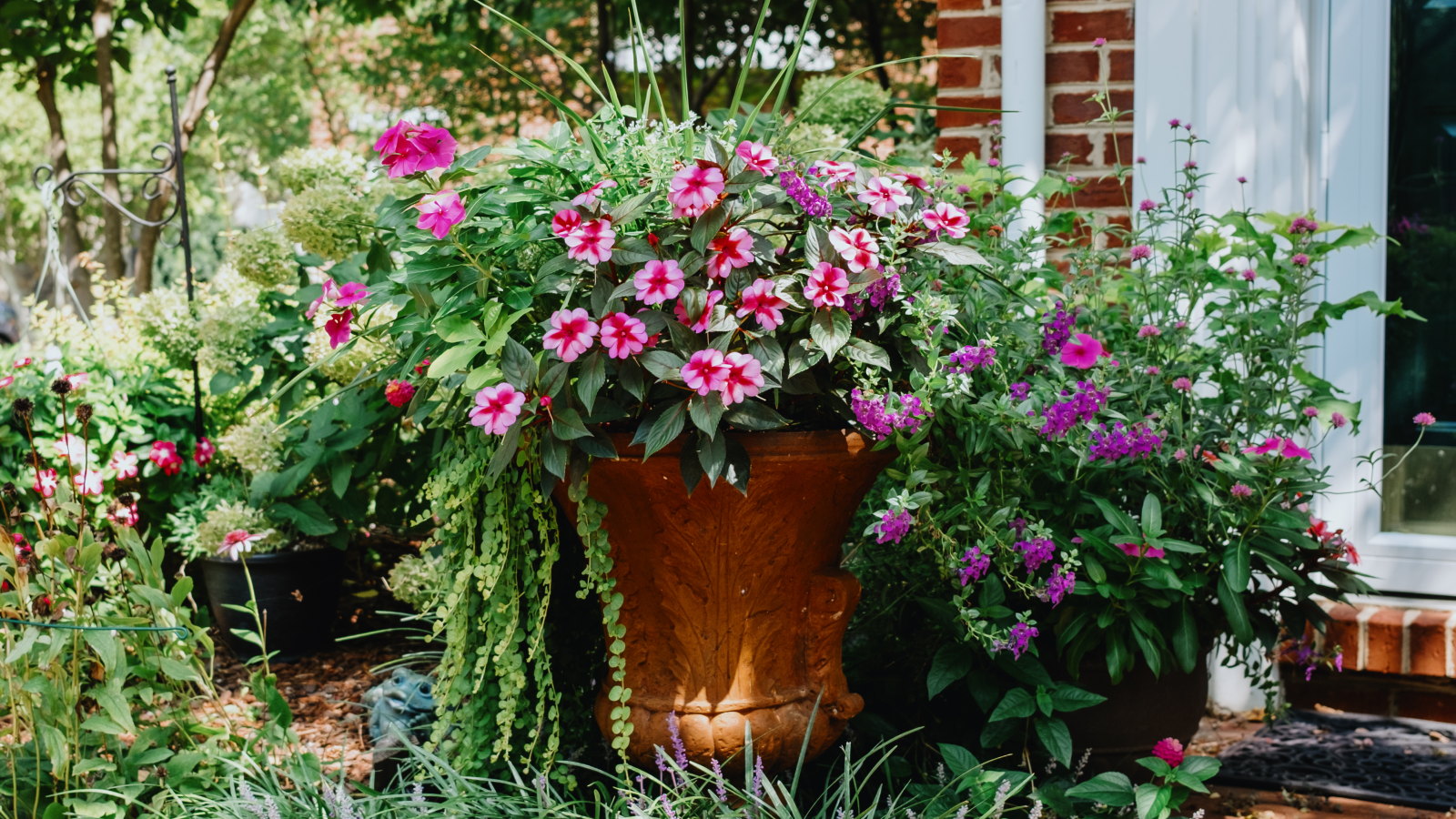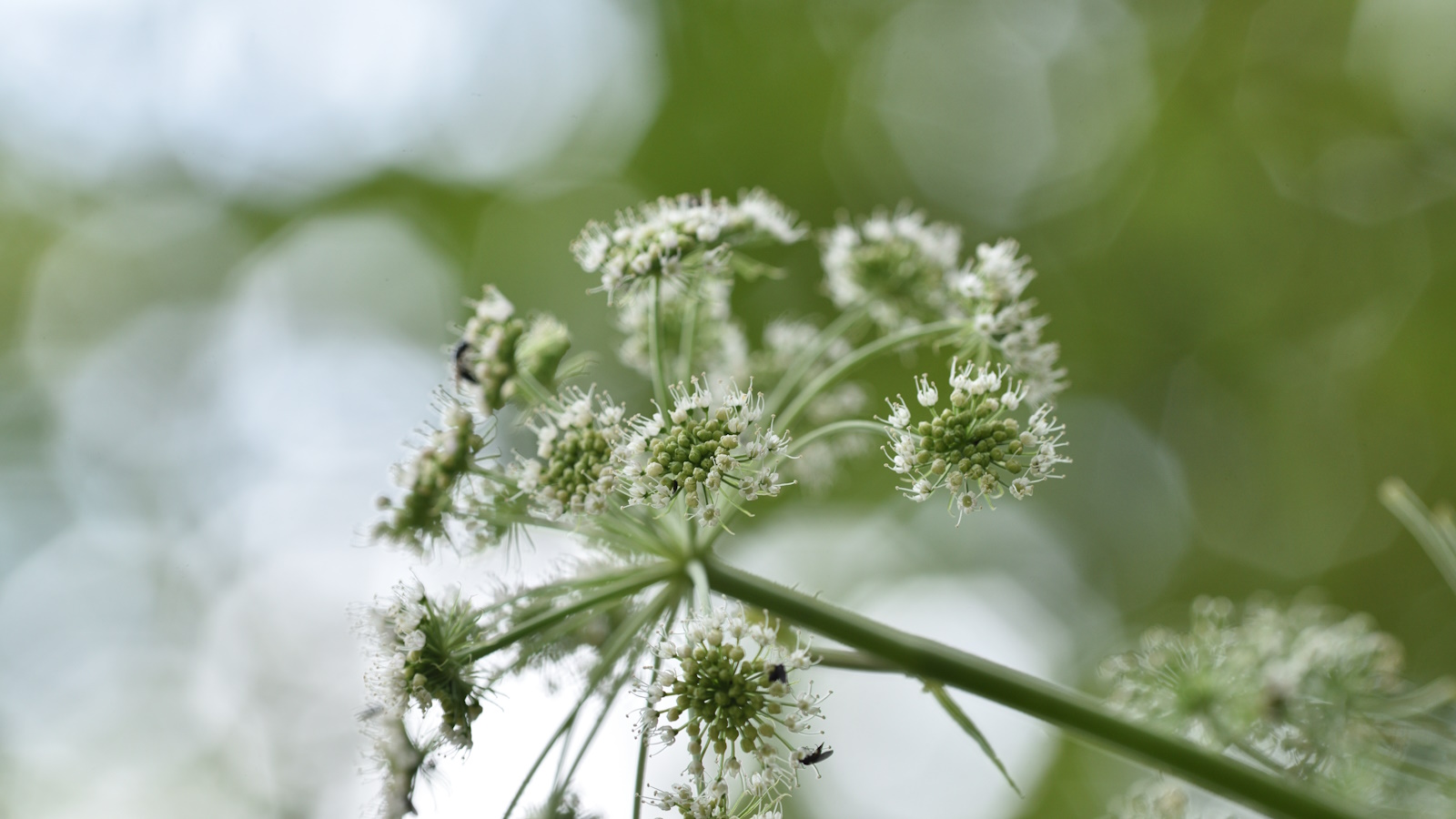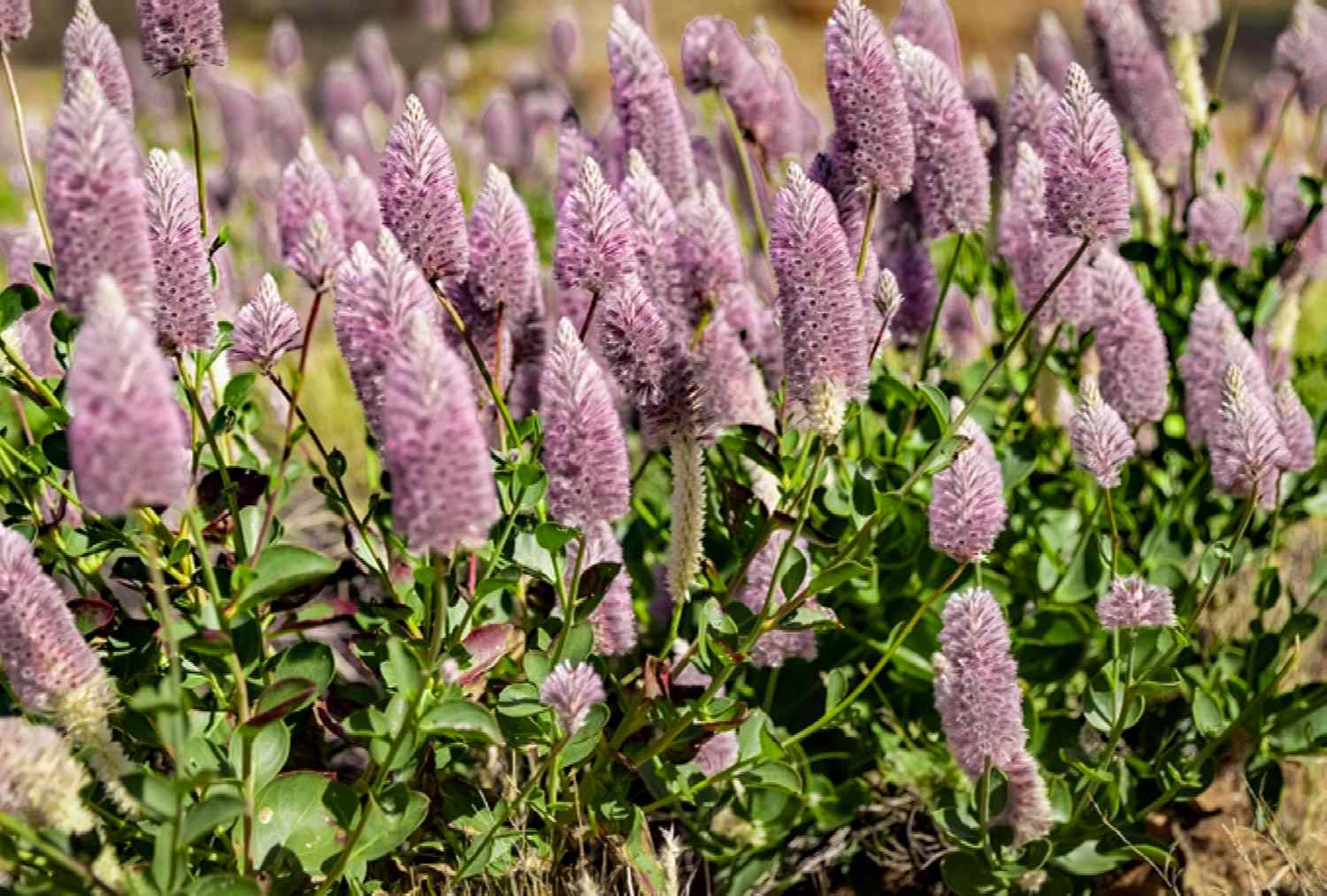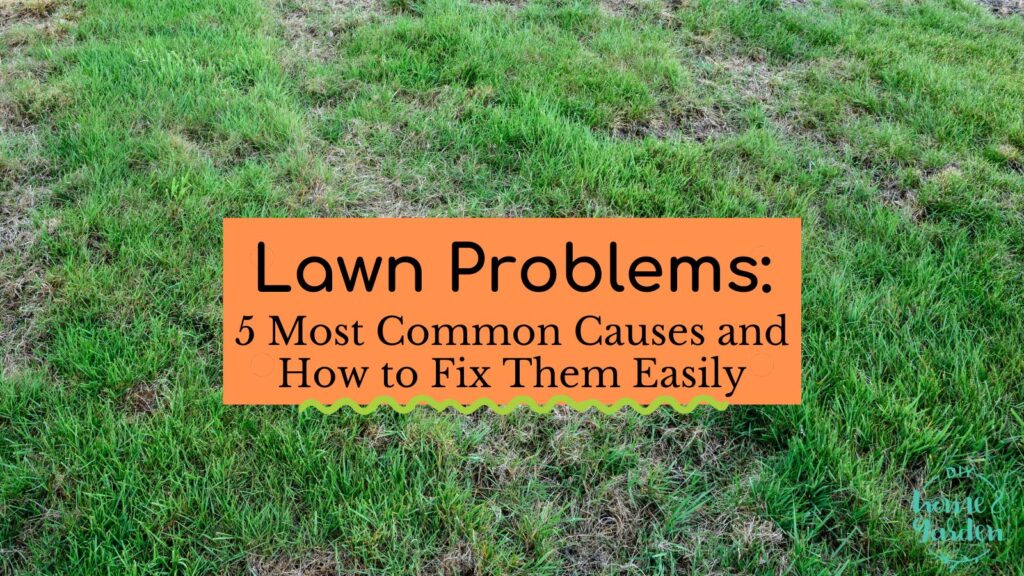Shut

Eggplants (Solanum melongena) are delightfully versatile within the kitchen. They’re often deep purple, giant, and egg-shaped, however in addition they are available mild purple, inexperienced, white, and bicolored, and so they range in dimension and form.
Eggplants may be grilled as steaks, added to stir-fries, stuffed and roasted, or pickled. If eggplant parmesan, baba ganoush, moussaka, and caponata make your mouth water, it’s best to attempt rising eggplant. Understanding and satisfying eggplant’s rising wants will ship a hearty summer season harvest for all of your favourite recipes. A number of of the instruments wanted to develop and harvest eggplants make a number of the finest presents for gardeners.
Eggplant is a member of the nightshade household, which incorporates tomatoes, potatoes, and peppers. Though eggplant is a perennial in frost-free, semi-tropical areas, it’s nearly at all times handled as an annual.
Be aware: Ingesting the leaves, flowers, stems, and unripe fruit of eggplants is poisonous to people and pets.
Eggplant Overview
| Genus Title | Solanum melongena |
| Widespread Title | Eggplant |
| Extra Widespread Names | Aubergine |
| Plant Sort | Perennial, Vegetable |
| Gentle | Solar |
| Top | 2 to 4 ft |
| Width | 1 to three ft |
| Flower Colour | Purple, White |
| Foliage Colour | Blue/Inexperienced |
| Zones | 10, 11 |
| Propagation | Seed |
The place to Plant Eggplant
Develop eggplant in a sunny spot in wealthy, well-drained soil, both within the vegetable backyard or in a sunny border the place its small 5-lobed flowers, giant inexperienced leaves, and glossy purple, white, or striped fruit present a daring distinction to colourful annual flowers.
Though it may be planted in rows within the vegetable backyard, many types are fairly sufficient to incorporate in a decorative mattress.
How and When to Plant Eggplant
Eggplants want heat temperatures from the start, so wait till mid to late spring, when night time temperatures are persistently above 60°F earlier than planting seedlings outdoors. Cool temperatures trigger stunting, and the vegetation could by no means get better absolutely. If you’re rising from seed, begin your eggplant 8 to 10 weeks earlier than your space is previous all hazard of frost. Optionally, buy seedlings from a nursery, however don’t plant them outdoors till the climate warms. Soil temperatures needs to be 70°F or above.
Harden off seedlings grown indoors by taking them outdoors in an space protected against wind. Depart them outdoors for 30 to 60 minutes on the primary day, rising the skin time progressively over every week to 10 days, after which they need to be acclimated to out of doors circumstances. Water the seedlings properly and plant on a cloudy day. Dig a gap and set the seedlings in well-prepared soil on the identical depth as they have been rising within the pot. House eggplants no less than 2 ft aside and water totally. Mulch to assist management weeds.
In the event you reside the place springs are cool and seasons are brief, you possibly can achieve a number of weeks of rising time by masking the ready soil with black plastic a number of weeks earlier than planting. Minimize an “X” by way of the plastic and dig a gap while you plant every seedling. Depart the plastic in place to maintain the soil heat and discourage weeds.
If any seedlings have shaped flowers or small fruit at planting time, take away them so the plant’s vitality is directed towards root and leaf development whereas it turns into established.
Quickly after planting, insert a bamboo or picket stake near the seedling to offer assist because the plant grows, or use a tomato cage. Eggplant fruit may be heavy.
Eggplant Care Suggestions
Though eggplants are delicate to chilly, they’re comparatively straightforward to develop when the circumstances are proper. Wait to plant till heat climate, and make sure the vegetation get loads of sunshine and water. House them so there’s good air circulation between vegetation to keep away from illness points. After the plant begins to supply fruit, harvest it usually for finest fruit manufacturing.
Gentle
Eggplants love solar. Plant them the place they obtain no less than 6 to eight hours of full solar every day.
Soil and Water
The soil needs to be well-drained, with a pH of 5.5 to 7.0. Put together the soil previous to planting by including completed compost or well-rotted manure and totally working it into the soil to a depth of 6 to eight inches.
Eggplants want about an inch of water every week however may have extra throughout the hottest a part of the summer season. In the event you don’t obtain an inch of rain, complement it with a hose. Keep away from wetting the leaves as this could unfold illness. Eggplant responds properly to a drip or trickle irrigation system. A scarcity of water ends in low fruit manufacturing.
Temperature and Humidity
Eggplant thrives in temperatures between 70°F and 90°F and common humidity. Defend younger vegetation from sudden cool climate by inserting row covers over them till the temperatures heat.
Fertilizer
In the event you add compost or manure to the soil earlier than planting, all you’ll want to use at planting time is a light liquid fertilizer corresponding to fish emulsion. You’ll be able to reapply fish emulsion each three or 4 weeks if the vegetation appear to want a lift. Keep away from any fertilizer that’s excessive in nitrogen as a result of this stimulates vegetative development on the expense of flowering and fruiting.
Pruning
Pruning eggplant isn’t often crucial. Nonetheless, when you see suckers sprouting from the bottom of the plant, pinch them off so the plant will use its vitality to develop bigger fruit.
Potting and Repotting
Eggplant is an efficient alternative for containers, and it usually escapes frequent pest issues when it’s grown outdoors the vegetable backyard with good air circulation round its container. Choose a big pot—a 5-gallon pot is an efficient alternative—and use a high-quality potting combine. Add some slow-release fertilizer in line with the label directions if the combo doesn’t comprise fertilizer, and make sure the container drains properly. Place the eggplant within the container on the identical degree it was rising in its seedling pot. Place it in a sunny location and maintain the soil moist however not soggy. Eggplant is often grown as an annual, so it doesn’t require repotting.
Pests and Issues
Eggplants are prone to a number of pests; nevertheless, in case your vegetation are wholesome and vigorous, they will often face up to most of them. Present good air circulation by correct spacing. You probably have the room, you could wish to find the eggplants in an space away from different greens. The most typical pest is the flea beetle—a tiny black or brown beetle that chews tiny holes in leaves. A big infestation can set again younger vegetation, so it’s a good suggestion to cowl them with a floating row cowl till they’re sturdier. Mature vegetation can often face up to the beetles feeding on them with out a lot injury.
Aphids and spider mites are generally an issue. A tough stream of chilly water often reduces the inhabitants, in order that they trigger minimal injury. Like different nightshade crops, eggplants could also be attacked by Colorado potato beetles. Hand-picking is one of the simplest ways to regulate them.
Eggplants often undergo from a number of ailments, together with verticillium wilt—a soil-borne fungus. Avoidance is the important thing. Use a high-quality seedling combine when beginning seeds, and don’t plant the place tomatoes, peppers, potatoes, or eggplant have grown prior to now three years.
One other fungal illness, anthracnose, causes darkish sunken spots on overripe fruit. Harvest the fruit as quickly because it’s mature to keep away from the issue. Take away any fruit with signs so the illness doesn’t unfold.
Harvesting Eggplant
Harvest eggplant when the fruit is near its full dimension, which varies amongst varieties, and the pores and skin is shiny. Use a knife or snips to chop the fruit stem so that you don’t injure the plant. Don’t let ripe fruit stay on the plant as a result of it can develop into bitter, and fruiting will gradual. The extra you harvest, the extra you’ll get.
Methods to Propagate Eggplant
One of the simplest ways to start out your eggplant is to sow seeds indoors eight to 10 weeks earlier than you wish to transplant them into the backyard. Use a high-quality seed beginning combine and sow two or three seeds to a pot, masking them with about ¼ inch of soil. Use a warmth mat for finest outcomes as a result of eggplants want heat soil. Maintain the medium moist however not soggy. Seeds ought to germinate in a single to 2 weeks.
As soon as the seeds germinate, take away the warmth mat and place the seedlings below brilliant develop lights for 12 to 14 hours a day. Maintain the lights about 6 inches above the tops of vegetation whereas they develop. After they’ve a few pairs of leaves, skinny to the strongest seedling. Fertilize with ½ energy fish emulsion each 10 days until your rising combine comprises fertilizer. If the seedlings outgrow their pots, transplant every one to a bigger pot, taking care to disturb the roots as little as attainable. Make sure to harden off the seedlings earlier than you transplant them outdoor.
The 11 Finest Develop Lights, Examined by BHG
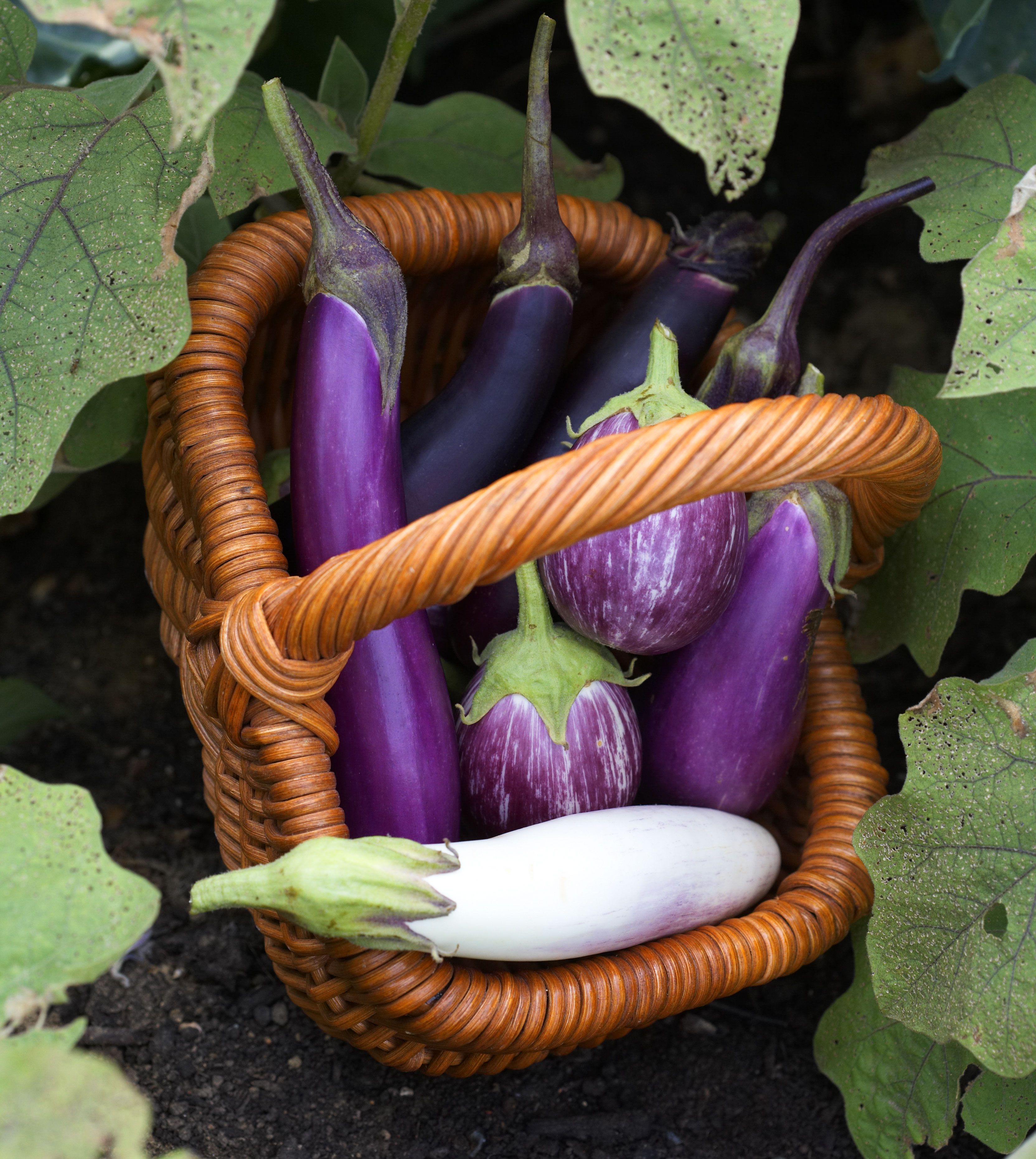
Sorts of Eggplant
Eggplant varieties differ within the dimension of the plant and the dimensions, form, and shade of its fruit.
‘Black Magnificence’
‘Black Magnificence’ eggplant is an heirloom selection that produces giant, darkish purple fruit, good for grilled eggplant steaks or eggplant parmesan. Vegetation develop to 2 ft tall, and the fruit begins to ripen about 74 days after transplanting.
‘Summer time Emerald’
‘Summer time Emerald’ bears lengthy, lime-green fruit that has only a few seeds and skinny skins on vegetation that develop as much as 3 ft tall. Its 7-inch fruit begins to mature inside 65 days of transplanting.
‘Gretel’
‘Gretel’ is a heavy producer of 3- to 4-inch white fruit on 2- to 3-foot vegetation. The non-bitter fruit is great for caponata and begins to mature in 55 days.
‘Fairy Story’
‘Fairy Story’ bears 2- to 4-inch-long fruit on compact vegetation that attain 18 to 24 inches tall. The fruit is speckled purple and white and isn’t bitter. It matures in 65 days.
Eggplant Companion Vegetation
Eggplants are prone to the standard backyard pests, however the injury may be minimized by planting them with French marigolds, oregano, mint, and different companion vegetation.
Oregano
Bees and useful bugs are drawn to oregano flowers and function environment friendly pollinators for close by eggplants, rising the yield. Oregano additionally repels different dangerous pests and bugs, together with the cabbage butterfly and cucumber beetle.
French Marigolds
French marigolds repel a number of frequent eggplant pests, together with nematodes. When in bloom, in addition they entice useful bugs, corresponding to lacewings, which prey on aphids.
Mint
The unmistakable scent of mint protects eggplants from flea beetles and aphids, and the plant’s flowers entice pollinators. Nonetheless, mint may be invasive, so it needs to be contained in pots positioned close to the eggplants.
Incessantly Requested Questions
- Does eggplant come again annually?
Eggplants are hardy solely within the warmest areas (Zones 10, 11, and 12). Though it’s a perennial in these heat zones, it’s nonetheless often grown yearly, identical to it’s in cooler areas the place it isn’t hardy. New vegetation are began annually from seed.
- Are eggplants nutritious?
Sure. Eggplants are excessive in fiber, low in energy, and wealthy in antioxidants. Additionally they comprise manganese, folate, potassium, and vitamin Okay.

